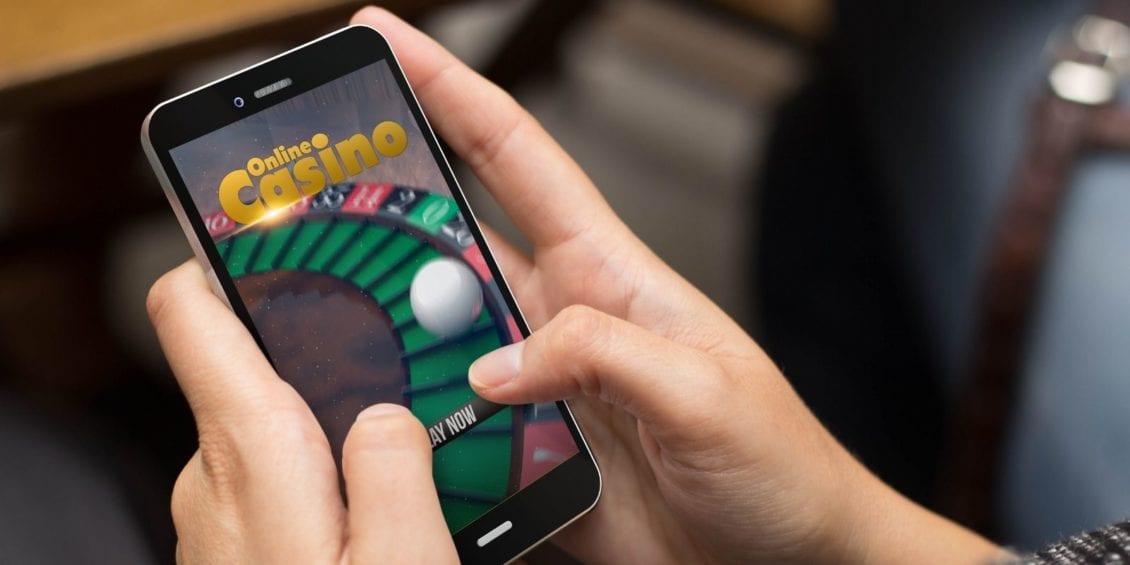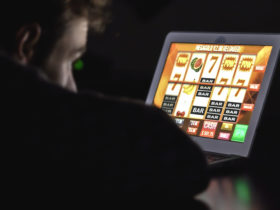Saving money is not easy. Today, you need cash to play at the trusted online casino Canada, tomorrow you have to pay your rent. And if you want to save some money and avoid worsening your financial situation, the Kakebo method will help you.
What You Need for Kakebo
To do the Kakebo budgeting, you will need two notebooks, a large one and a small one. In the big one, you will record all your income, expenses, and savings. The small one you will have to carry with you to record all expenses in real time and not to forget anything.
How to Take Notes
With the small notebook, it’s simple. You just make a note of it every time you spend money. A large notebook can be laid out how you like. It should reflect:
- Income plan for the month. It can be in the form of a spreadsheet or list. It is important that in it you can record all receipts: advance payment, salary, return of debts, funds from the sale of a second-hand laptop and so on. At the beginning of the month, enter the income in the table, then you can add entries with a pen.
- Savings plan for the month. On the appropriate page, you specify how much money you would like to put in a savings account. And you have to decide on the amount before you start planning your expenses.
- A monthly spending plan. It includes all regular expenses (utilities, rent, communication and Internet fees).
The money left after deducting mandatory expenses and savings is suggested to be divided into four categories:
- Living expenses: groceries, household chemicals, clothing, shoes.
- Culture and education: education, training, museum tickets.
- Entertainment: evenings with friends, going to the movies, short trips.
- Other: all expenses not included in the first three categories.
It’s up to you to determine the proportions by which you divide the money into the four parts. If you plan your expenses wisely, you should be able to stay within the categories for a month.
The Kakebo system is not limited to entries alone. At the end of each month, you will have to analyze whether you followed the plan, where you saved money, where you spent too much. This will help you budget more accurately for future months and see which expenses need adjusting.
How to Save With Kakebo
The system has extra tricks to help you increase your savings more efficiently.
- Put the change left in your pockets into a savings account on a daily basis. What seems like a handful of coins today will add up to a hefty sum at the end of the month.
- Returned debts should be sent to the piggy bank in their entirety. This is not income, you just returned the money that you missed in the previous months.
- When exchanging large bills, put a small percentage of it in the savings account. 2-3 dollars is enough, later they will be transformed into a larger amount.
- Develop for yourself a system of penalties. Punish yourself financially for bad habits or, for example, skipping training. Put aside $2. As a result, you will get rich, or become more disciplined.
- Divide the money you are going to spend by four weeks. Whatever is left over from the seven-day budget, at the end of the week, transfer it to savings.
- Set aside a month’s worth of non-urgent purchases. If, after 30 days, you still want to buy something, do it. But it may turn out that you don’t need it all that much.
How to Adapt Kakebo to Modern Technology
The system is tied into two notebooks, but no one is stopping you from writing your current expenses in an app and using an Excel spreadsheet instead of a notebook.









Leave a Reply
View Comments